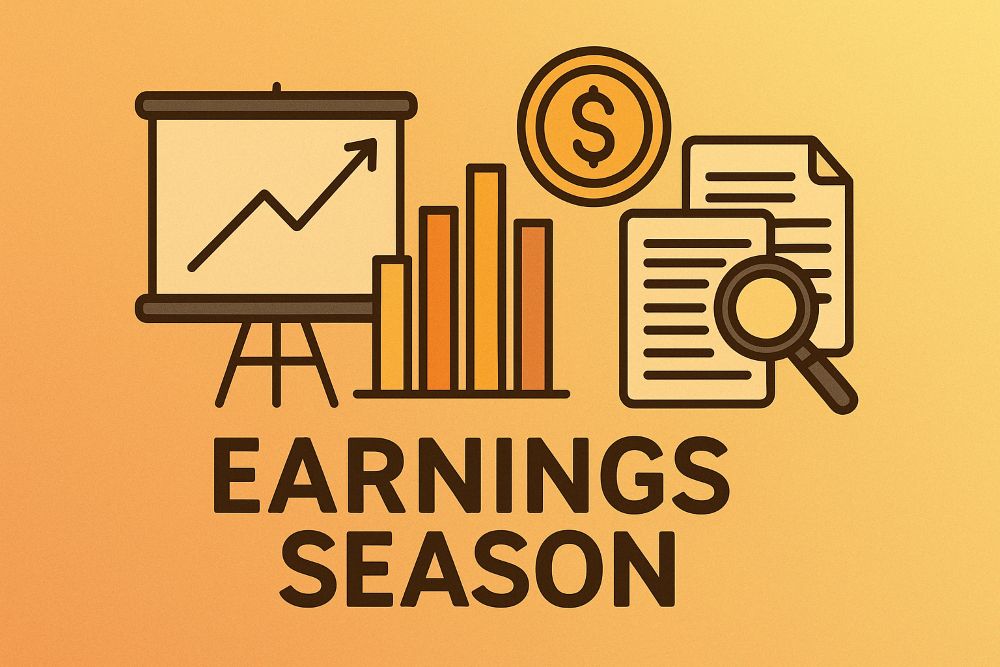Hey y’all,
To me, one of the most important things for any new trader to understand is risk.
And with all the downside we’ve seen recently, I thought that it would make for a particularly juicy topic.
When I talk about understanding risk, I mean traders need a real, living, three-dimensional understanding of how risk works in trade.
For instance, at first blush, it might seem like a trade where you risk a 100% loss is always a bad idea, right?
But actually, I think trades where you risk a 100% loss are often the smartest, most controlled trades you can place.
Let’s dive into why…
Let’s look at an example of risk so we can understand this a little better.
Let’s imagine you have a $100,000 trading account, just for a nice, round, simple number. Which risk would you rather take:
- Trade A: A $1,000 trade risking a 100% loss for a 50% potential gain
Or
- Trade B: A $10,000 trade risking a 50% loss for a 100% potential gain
Now, there are actually a few things to consider here.
First, you need to look at your max loss…
In Trade A, your max loss is $1,000 — or 1% of your account. In Trade B, your max loss is 50%, or 5% of your account.
The good news is, neither of those trades are wildly self-destructive or risky. Geof Smith always advises that you should never risk more than 10% of your account on a trade, so even Trade B stays well under that threshold.
With that said, you can immediately see that the idea of risking 100% isn’t inherently bad — it always depends on trade size. And often, using tools like spreads, you can get a better risk/reward on starting smaller stakes if you’re willing to tolerate a 100% loss.
Second, you need to look at your max return…
In this case, clearly, Trade B has a higher potential return. You could make a potential $10,000 return, compared with just $500 from Trade A.
And that’s an important factor to remember! Sometimes, more aggressive trades are called for!
But you have to keep in mind one thing I think traders too often forget…
Third, you have to consider your whole portfolio, weighing two additional factors: how much time will I spend in the trade, and how much money will I have tied up in the trade?
Let’s imagine Trade A is a spread trade targeting a 50% return in two weeks, kinda like Nate Tucci’s Automated Options trade.
Let’s imagine Trade B is a long-term call option dated three-months out from now.
In Trade A, you’re using 1% of your account to target $500 in two weeks. In Trade B, you’re tying up 10% of your account for three months.
Obviously, Trade A gives you much more flexibility and ability to react to new market conditions.
Does that make it inherently the better trade? No, not necessarily.
I can imagine each of these trades making sense in different contexts. My point certainly isn’t that you should only use strategies that target quick returns, risk 100% losses, or anything like that.
But my goal is to encourage you to have a more broad-based understanding of risk.
We often get questions in our webinars from a place of fear: “why aren’t you placing stop losses?… are you really risking 100% with each trade?”
I understand these questions and where they’re coming from. But they do display a lack of a deeper understanding of risk.
I hope this quick newsletter has helped broaden your personal understanding a bit and, if it has, please feel free to spread the word!
To your prosperity,
Stephen Ground
Editor-in-Chief, ProsperityPub



